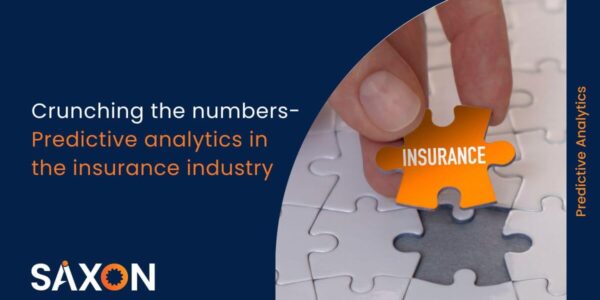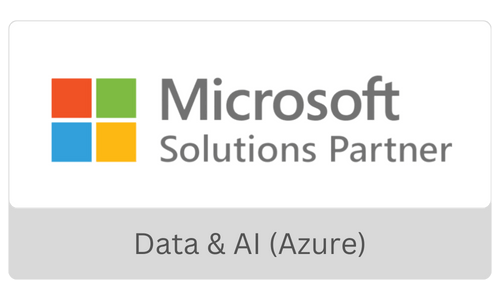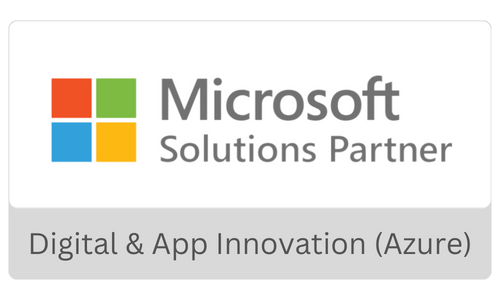How many of you refrained from online shopping during the pandemic? No, every one of us preferred shopping for clothes, electronics, household items, groceries, and everything using mobile or the web. Digital fraud on the banking and financial services platforms, e-commerce, and healthcare also rose significantly with the pandemic. The increased use of mobile for different transactions was the impetus for these fraudulent activities.
The impact and growth of fraud
The cost of fraud for organizations is not just monetary but other significant risks like losing the customer. As per LexisNexis risk solutions, each dollar of fraud loss now costs US financial services organizations $4.0, and this has increased significantly compared to 2019 and 2020. Did the pandemic impact fraud? As per the Association of Certified Fraud Examiners 2021 report, 51% of organizations uncovered more fraud during the pandemic.
Payment fraud, identity fraud, and email phishing – are the main fraud activities that may increase significantly over the next decade. As per research firm Javelin, identity fraud caused $56bn losses to US financial services organizations in 2020.
How to combat fraud?
Traditionally, rule-based systems detected fraud using a few evident signals. Usually written by fraud analysts, these systems consider around 300 rules to approve a transaction. Also, these systems used legacy software which may not suit real-time data and large datasets. Most importantly, the rules were updated manually and implicit correlation according to the scenarios is very hard.
Machine learning-based fraud detection resolves these challenges by creating algorithms that can analyze the hidden behavior of the users. Behavior analytics correlated with many variables from large datasets helps organizations analyze user behavior and identify fraudulent activities.
Fraud Detection with Machine Learning – Benefits
Fraud Detection Machine Learning algorithms learn from the historical data patterns and apply them to recognize fraud in future transactions. Also, the ability of ML algorithms exceeds human ability to detect sophisticated fraud activities.
Massive data processing – Humans struggle to understand vast amounts of data and analyze the patterns. The more data the Fraud Detection Machine Learning model receives, the better it can understand the data and analyze the fraud activities.
Faster and accurate – Data analysis is done in seconds once the ML model suitable for the business needs sets the action. Furthermore, the accuracy of ML models is far better than humans, and better predictions are possible with machine learning.
Scalable – Machine Learning methods offer better performance with the growth in datasets. Though the model needs constant updates as fraudsters regularly find ways, the risk and efficiency are far better than rule-based systems.
Fraud Detection Solutions in Financial Services and E-Commerce
The most prevalent fraud activities in E-commerce and Financial Services – are payment fraud, email phishing, and identity theft. Payment fraud is about card-not-present transactions that occur in a variety of forms. Usually tackled by ML models, the direct and indirect transactions are analyzed with anomaly detection techniques and neural networks. Let us get into more details about the fraud across industries.
1. Insurance claims fraud detection
According to a survey from Friss, the insurance fraud to claims ratio almost doubled during the pandemic, while it was 10% earlier. Though insurers spend a lot of effort in claims processing, the fraud ratio increased. Custom ML models and a good dataset can help in Insurance claims fraud detection.
Fake claims – It is possible to detect fake claims by analyzing structured and unstructured data using semantic analysis. The textual, social media, and external data analysis provide more hidden clues than the rule-based systems.
Overstating costs in claims – Any inconsistencies in repair costs and duplicate claims may go unnoticed by claims analysts. Smart insurance claims fraud detection models analyze the historical data to identify deviations and uncover hidden correlations in previous claims records.
2. Online fraud detection and mitigation – E-commerce
As online shopping increases, so is fraud. Online fraud detection models leverage behavioral analytics to identify identity theft or merchant scams.
Identity theft – The fraudster breaches the user account, modifies personal information, and uses the same to purchase goods or exchange money in the most common identity fraud. Customers most often consider this a security vulnerability of E-commerce websites, and organizations may face trust losses. Online fraud detection models usually uncover unusual activity and personal information changes leveraging behavior analytics.
Merchant scams – A few merchants provide fake reviews to attract customers to buy their products. Often this leads to customers shifting to other e-commerce options. Sentiment analysis, text mining, and behavioral analytics can eliminate the influence of such fraudulent activities and redirect them to trusted merchants.
3. Banking – Loans and credit card fraud detection
Though Banks follow a strict due diligence process, they are susceptible to payment fraud. Personal details counterfeiting and misrepresentation lead to loan and credit card frauds.
Credit card fraud detection – Stolen cards, account takeover, and personal information hijacking from online transactions often lead to large sums of fraudulent activity. Anomaly detection and neural networks are efficient in credit card fraud detection.
Loan Processing – Though sophisticated credit scoring models are available; information misrepresentation is quite common in loan applications. Apart from the conventional credit scoring models, you can now leverage ML models to analyze unstructured data from utility bills, social media, and monthly spending to arrive at customized credit scoring.
A few Fraud Detection Machine Learning Systems
Anomaly Detection – Classifying data into normal distribution and outliers helps identify any fraudulent transaction. As the ML models evolve, the data set can include images, unstructured texts, and structured financial data. This approach seems more straightforward, but additional steps are needed to identify suspicious transactions. There are more advanced ML approaches to reduce uncertainty.
Supervised Machine Learning – These leverages labeled historical data to train the ML model and mark the transaction as fraudulent. Consider the case of email phishing; an equal number of fraudulent emails with fake URLs and legitimate emails are leveraged to train the model. Furthermore, there are more methods involved in Supervised Machine Learning. Let us look at a few of them.
- Random Forests – This algorithm builds decision trees to classify the data as fake or legitimate. The model leverages a variable that can best split the data records, and the process is repeated multiple times. Data scientists can understand the consensus judgment about fraud as per the trees vote. Most importantly, this model is simple to understand and used with different data types.
- K-Nearest Neighbors – The algorithm is based on similar classified records and their distance in multidisciplinary space. Each new record is assigned to the cluster of nearest neighbors. It is common to analyze credit card transactions and is insensitive to missing data.
- Neural Networks – The algorithm structure looks like that of the human brain neurons. This model allows determining non-linear relations between the data records. The input data usually passes through several hidden layers to provide more accurate results. Additionally, this can work on unstructured data – text, and images and at high accuracy. Neural networks are most applied to transaction data and insurance claims processing.
Unsupervised Machine Learning – These methods work on raw data to search and find correlations without any data labeling, unlike supervised machine learning. Supervised Machine Learning models offer more accurate predictions, while Unsupervised Machine Learning models involve less time.
Though we discussed a few common ML models, the choice of the right machine learning algorithm depends on the challenge, datasets, etc. Most importantly, antifraud systems require large datasets and essential data science skills.
Are you looking for in-depth technology and domain expertise? Our experts can help you with advanced ML models. Contact us for more information.










